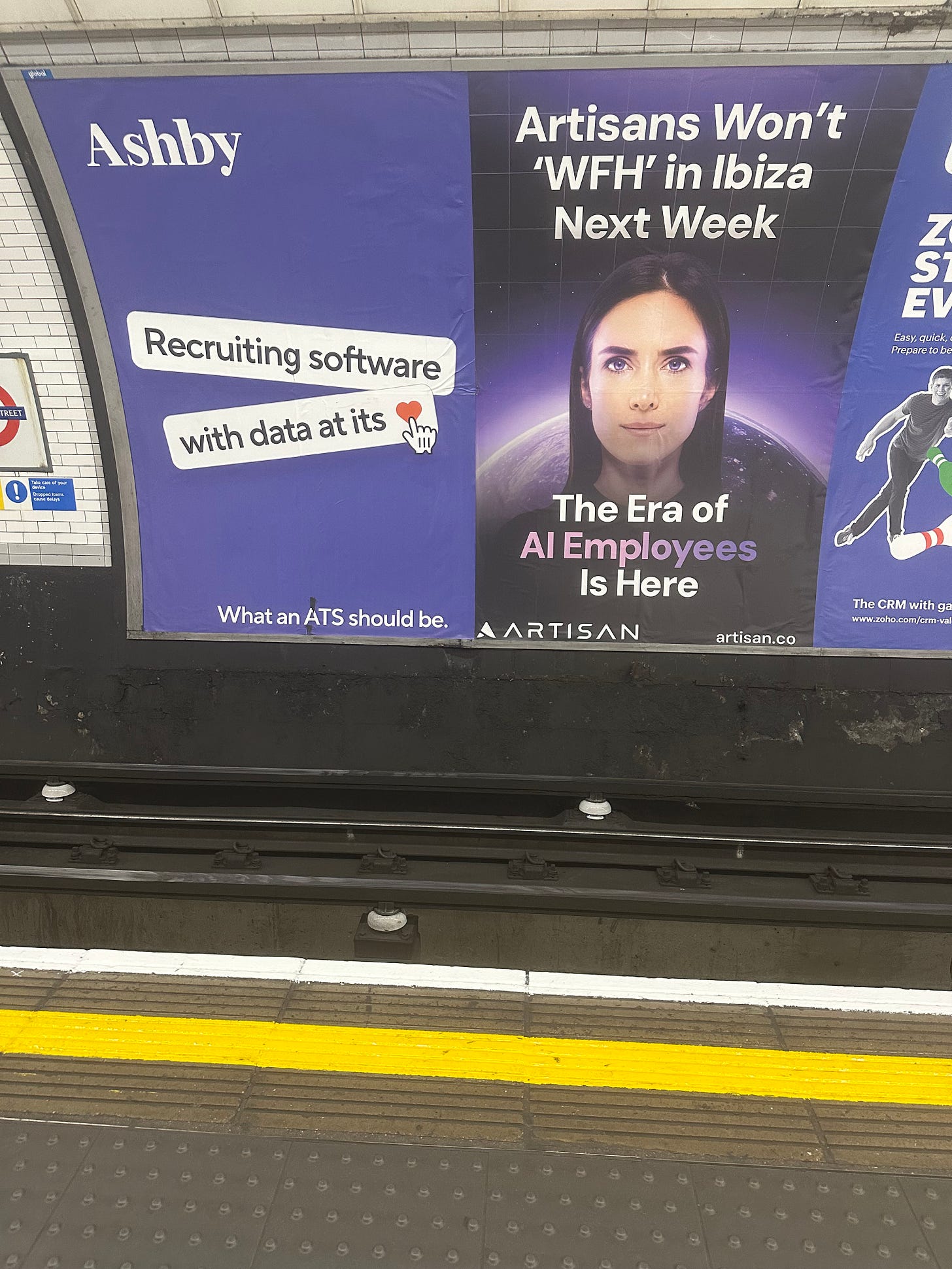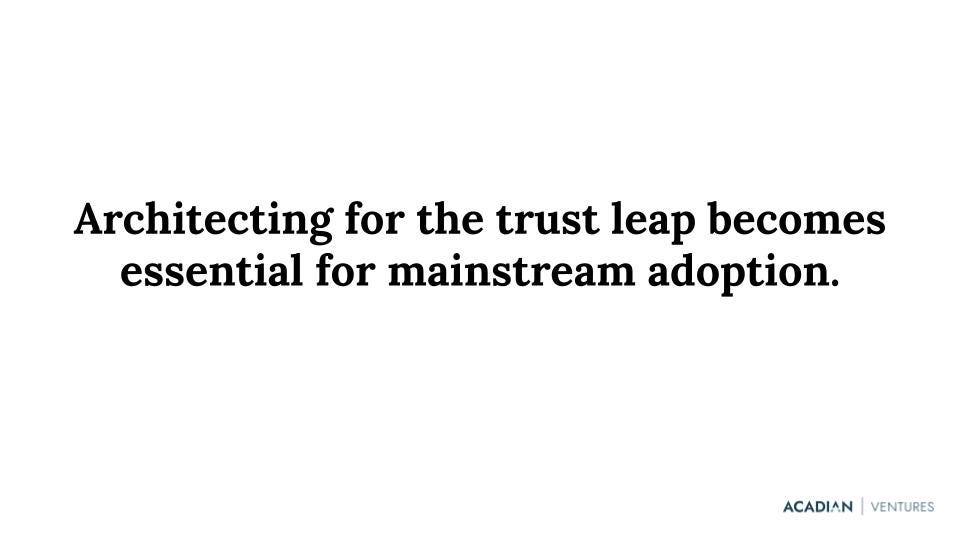AI deployment in enterprises: Mind the gap.
Augmentation, replacement, hype and praxis. And more about AI thesis.
After a weekend in Oxford for my grad, I was in London last Monday, for a research workshop with Prof Michael Jacobides and BCG Henderson at the London Business School. His work on ecosystems is really profound and useful, have a look here. I first came across his work through Marc Ventresca, thanks Marc.
For the last few years he has been looking at the reality of AI adoption, and plans to focus on this going forward.
There were about 20 folks in the workshop, from a variety of industries and roles, it was great to listen to business leaders, not just VCs and startup founders for a change. Hearing how the newsroom at Reuters is changing, for instance, was fascinating.
Jacobides and team make the point that they see AI “expanding the total volume and intensity of knowledge work rather than merely displacing it”. He also made the point that firms like Accenture generate more money revenue from helping clients implement and manage AI solutions than companies like OpenAI generate from providing the underlying technologies. He is particularly interested in how AI’s effectiveness is mediated by organizational context and the evolutionary dynamics of the knowledge work ecosystem. I sense he less convinced that AGI is around the corner, and that the pursuit of AGI may actually detract from using AI effectively for other means and ends.
I look forward to reading his latest findings. He was gracious enough to invite us for dinner at the Reform Club, which has a remarkable history. Not least for James Bond fans, as I am.
While in London, on the way back from dinner, I saw this set of posters. Interesting to see Ashby advertising on the tube.
But the ad on the right for Artisans gave me pause. Not merely for the curious juxtaposition.
It ticks all the boxes of things I dislike about quite a bit of AI marketing.
Excessive anthropomorphism: gendered and slightly sexualized and ageist too. AI is not an employee.
Dismissive of human capabilities, yet takes a deeply human capacity as the company name. In this case it insults Artisans.
Sets up conflict between humans and AI.
And as a bonus, it’s dismissive of remote work, which will irk Tony Jamous and Nick Bloom.
Now Artisan may well be building a remarkable product, but I think this marketing is misguided.
For AI solutions to gain genuine adoption in corporations, AI solution vendors are going to have to learn how to build trust, not only with the buying centre, but with the employees too. While AI will massively change sales outreach and the SDR role, in almost every organizations that sells you will still need SDRs in some form. The best organizations will learn to combine human capability and AI capability in these functions. The roles will evolve over time and change in ways we can’t yet imagine. Trivializing human endeavour and overstating capabilities may get you early wins and POCs, but production deployment will be brutal. Human ingenuity is brilliant at subversion.
In our AI thesis we discuss the trust leap. It’s a term coined by Rachel Bosman.
See also my post on AI and employment.
The future of work is where humans and AI work together. It’s not a zero-sum game.
As I usually do, I’ll end with a tune. Picking this one was easy. The Jam. Going Underground.




